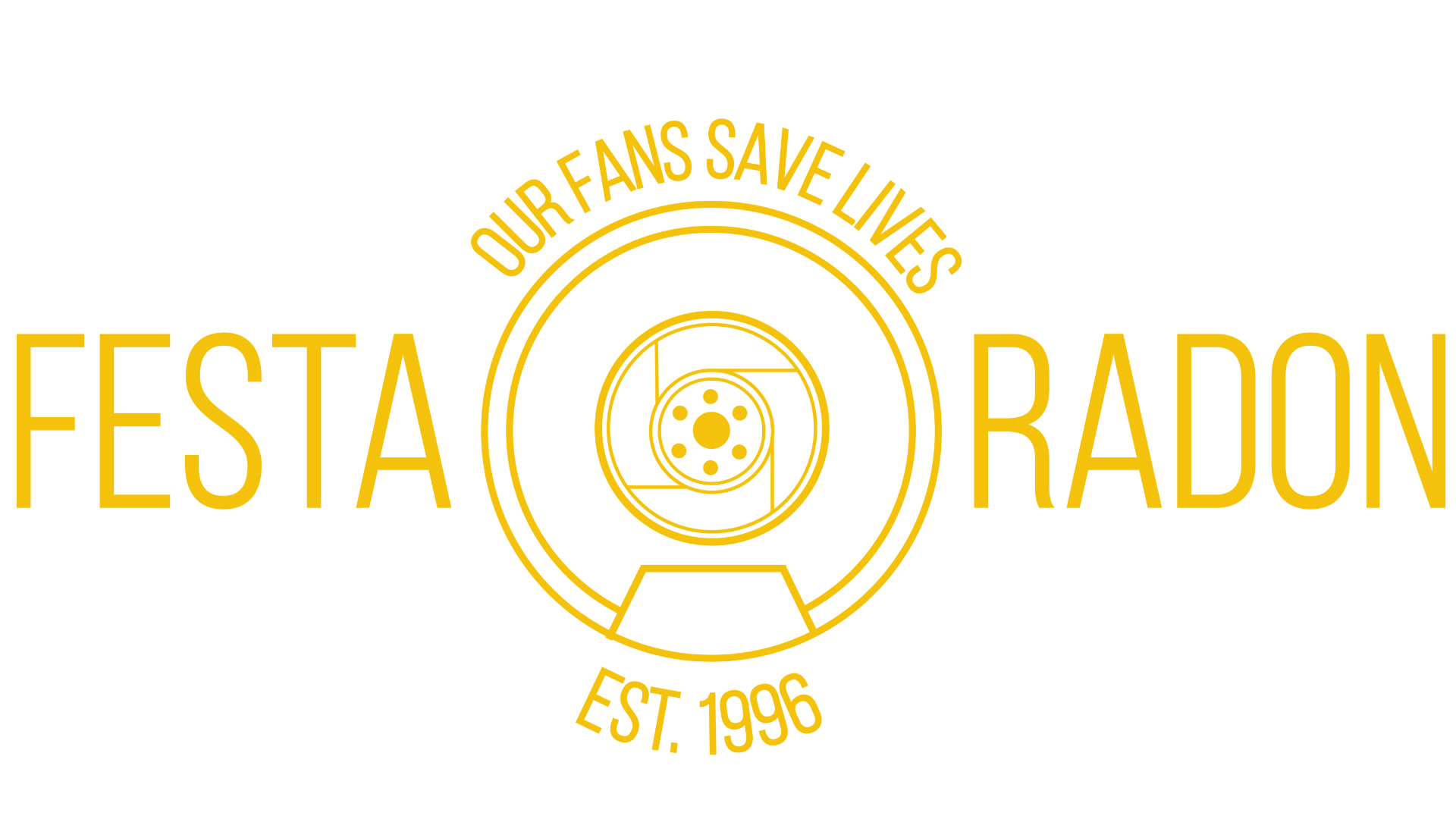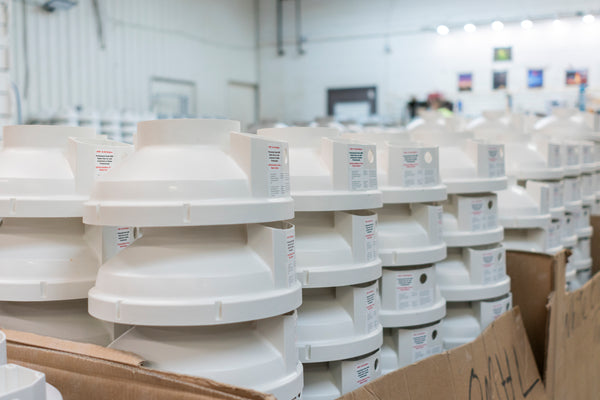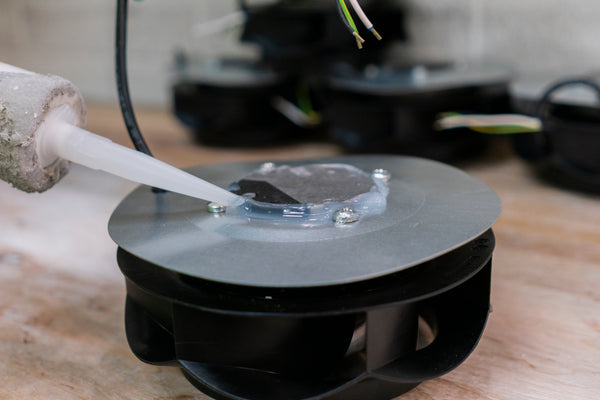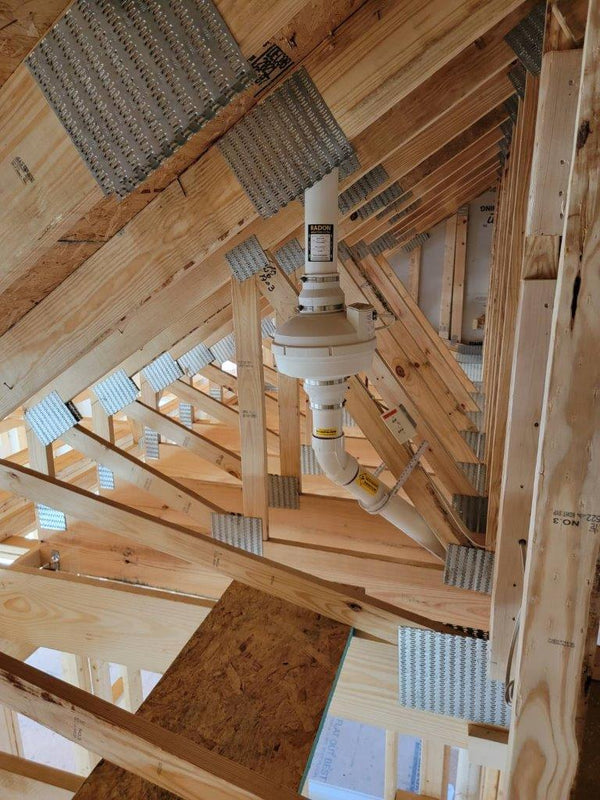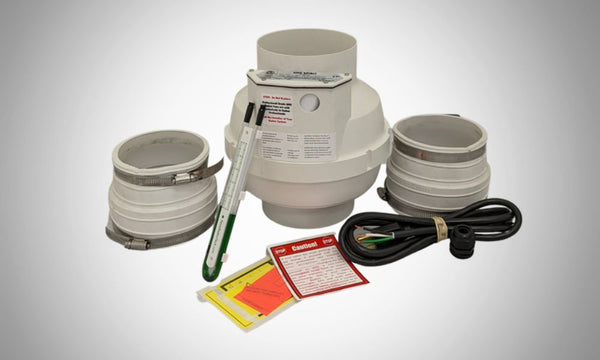
The History of Radon Gas and Its Effects
Radon gas is everywhere, from the ground beneath your feet, to the outdoor air, to the air inside your home. It’s a noble gas with an atomic number of 86 and is relatively unreactive. How have scientists learned so much about radon, including its effects on human health, if the gas is odorless, colorless, and tasteless?
This brief history of radon gas and its effects goes back centuries and is a testament to scientific curiosity. Let’s dive deeper into how radon was discovered and how its catastrophic health effects came to light decades later.
The Mystery of Radioactive Exposure
While the story of radon’s discovery doesn’t begin in earnest until the late nineteenth century, human civilizations began noticing the effects of radioactive elements much earlier. In the year 1530, a Swiss doctor named Paracelsus noticed that miners often got sick after working in the mines for too long. He called this sickness “mala metallorum,” noting that it damaged miners’ lungs and often killed them.
A mineral expert from Germany named Georgius Agricola suggested increasing ventilation in the mines for greater airflow, hoping that more fresh air would decrease illness in miners. Centuries later, in the mid-nineteenth century, scientists W. Hesse and F.H. Harting observed mine conditions in Schneeberg, Germany, and physically examined the miners. They confirmed that the “mala metallorum” cutting miners’ lives short was, in fact, lung cancer.
The Turn of the Century
In 1898, famed scientist Marie Curie discovered two new radioactive elements: radium and polonium. She and her fellow scientists soon observed that radioactive materials of all kinds tend to break down and undergo chemical changes.
Just a year later, in 1899, Robert B. Owens and Ernest Rutherford discovered radon on its own, making it the fifth radioactive element known at the time. Then, in 1900, a German chemist and physicist named Friedrich Ernst Dorn observed radium’s chain of decay and noted radon as a significant by-product. What else could the scientific community learn about this new and mysterious element?
Adding Radon to the Periodic Table
As scientists like Curie, Owens, and Rutherford performed further experiments on radon, they noted that it didn’t just emanate from the breakdown of radium. Uranium and thorium, two other radioactive elements, also released radon gas in their decay chains.
This scientific discovery was one for the ages. A Scottish chemist named Sir William Ramsey, in conjunction with an English scientist named Robert Whytlaw-Gray, continued to experiment with radon.
Ramsey and Gray isolated radon particles and measured their density, discovering in the process that radon is the heaviest gas present in nature. They gave it the atomic number 86, meaning that each atom of radon has 86 protons in its nucleus. Today, you’ll find radon in the column of noble gases on any periodic table.
Urgent Public Health Concerns
For the first several decades of the twentieth century, most of the adverse health effects related to radon were observed in miners. But one December day in 1984, a Pennsylvania power plant worker named Stanley Watras set off a radiation detector as he walked into work.
The Watras Incident
How did Stanley Watras pick up so much radioactive material? It couldn’t have been from his workplace, the Limerick nuclear power plant in Pottstown, because the plant was undergoing construction. There was no nuclear fuel on the premises.
Officials tested the Watras family home in Colebrookdale Township and made a harrowing discovery—Stanley and his family were living with indoor radon levels of 2,700 pCi/L. (For reference, the EPA recommends active radon mitigation once indoor levels reach 4.0 pCi/L.) To this day, the Watras home holds the record for the highest levels of radon recorded in a US home.
Stanley Watras, his wife Diane, and their two young sons were quickly evacuated from their home. Specialists ripped up the basement level of the Watras home and installed what we now recognize as a passive radon mitigation system. The work took several months, during which the Watras family experienced emotional distress and severe worry over whether their home would ever be safe to inhabit.
By July of 1985, Stanley Watras and his family were told they could return to their home. The following September, further radon tests still found highly elevated radon levels in his home office. Unsubstantiated anecdotes suggest that the Watras family lived in that home for decades afterward, with no physical effects from the radon—but the emotional damage was done.
Sounding the Alarm on Radon
The Watras incident brought nationwide attention to the potentially devastating effects of radon in homes. The Commonwealth of Pennsylvania leaped into action and tested more homes in the area, finding elevated radon levels in many of them. The United States Environmental Protection Agency (EPA) provided additional support and began to perform studies on the effects of indoor radon exposure.
Throughout the 1980s and 1990s, the EPA’s radon studies encompassed more and more homes. In the late 1980s, the EPA created an Indoor Radon Program and encouraged states around the US to inform their citizens of radon’s hazards. The program also established training centers and proficiency tests for professionals in the burgeoning radon mitigation industry.
Radon Mitigation Today
The origins of modern-day radon mitigation systems can be traced back to the rudimentary passive system installed in Stanley Watras’s basement. With this system, a long vent pipe stretches from a suction pit in the basement to a radon mitigation fan outside a home’s roof or first-floor window. The addition of a fan like Festa Radon’s AMG radon mitigation fan transforms that system from passive to active.
Radon specialists use the knowledge built on years of scientific study to improve radon mitigation. Because mitigation experts know how radon gets into homes and how it can damage individuals’ health, they can recommend effective and appropriate solutions. Mitigation doesn’t begin and end with a vent pipe and a fan. You can also lower your home’s radon levels with the following strategies:
- Sealing cracks in your concrete foundation
- Encapsulating your crawlspace with vapor barriers and seam tape
- Installing a heat recovery ventilator to improve ventilation and reduce existing radon levels
Radon mitigation experts have centuries of scientific experimentation to thank for all the knowledge they have today. If it weren’t for the detailed history of radon gas and its effects, radon experts and homeowners alike would know much less about this hazardous, colorless gas.
Festa Radon Technologies is proud to be a part of the history of radon mitigation with our high-powered radon fans and mitigation equipment. If your indoor radon levels exceed 4.0 pCi/L, browse our selection of fans today and take control over the safety of your home.

